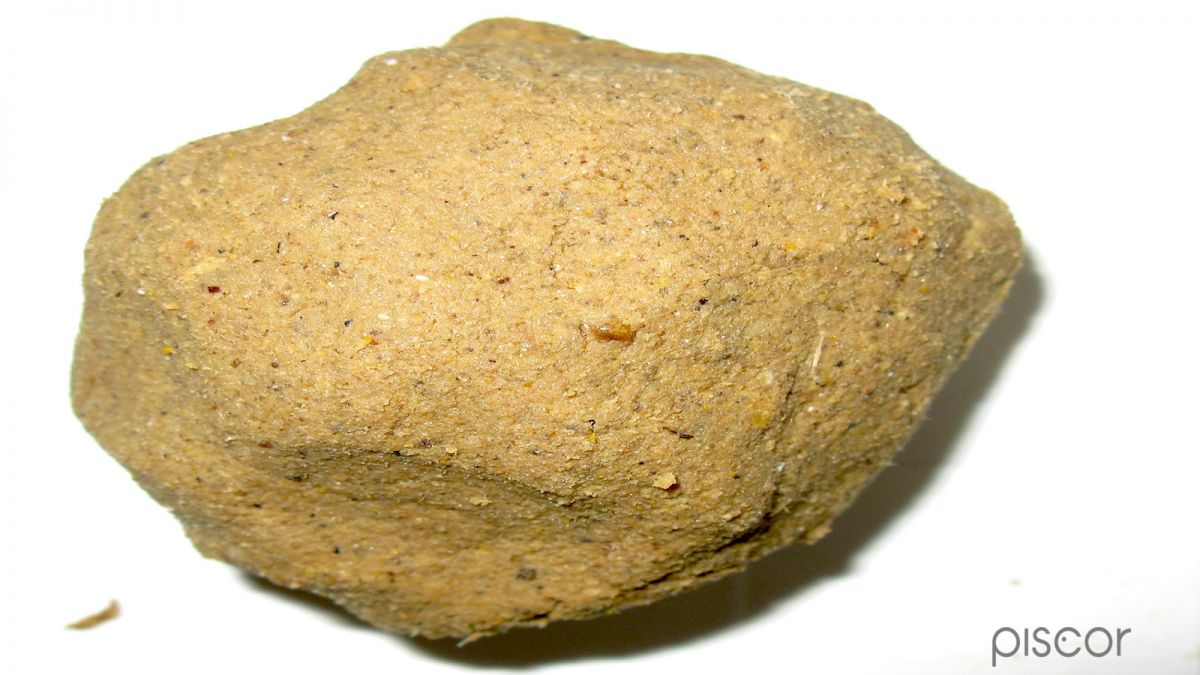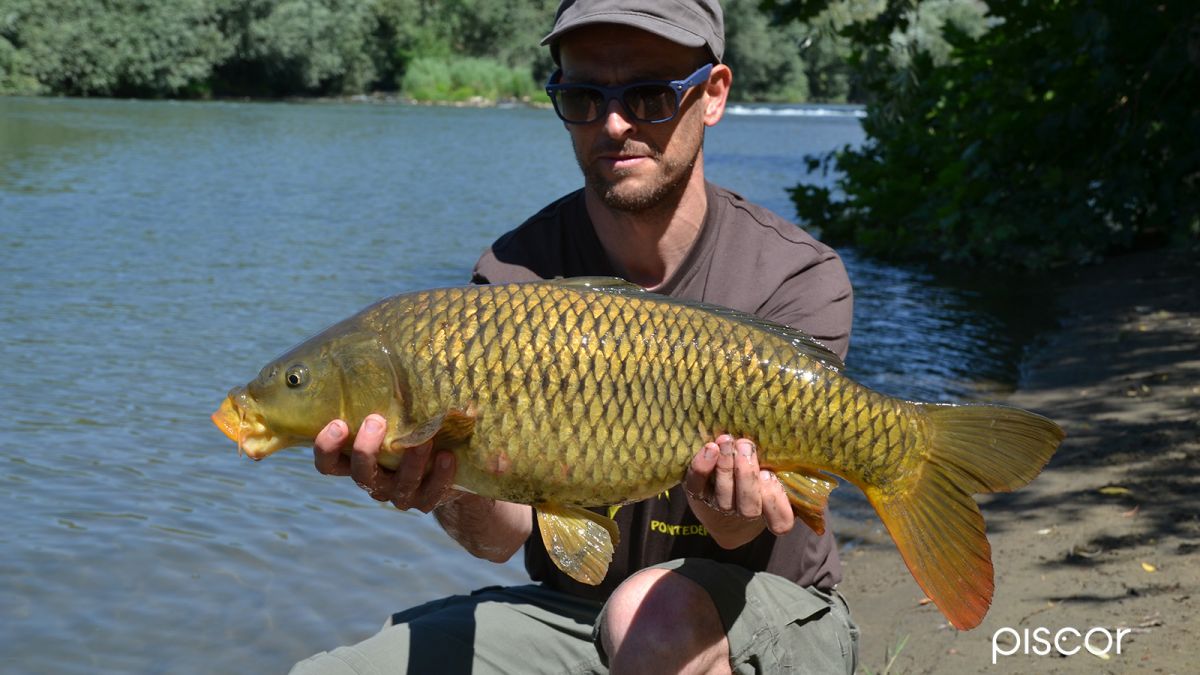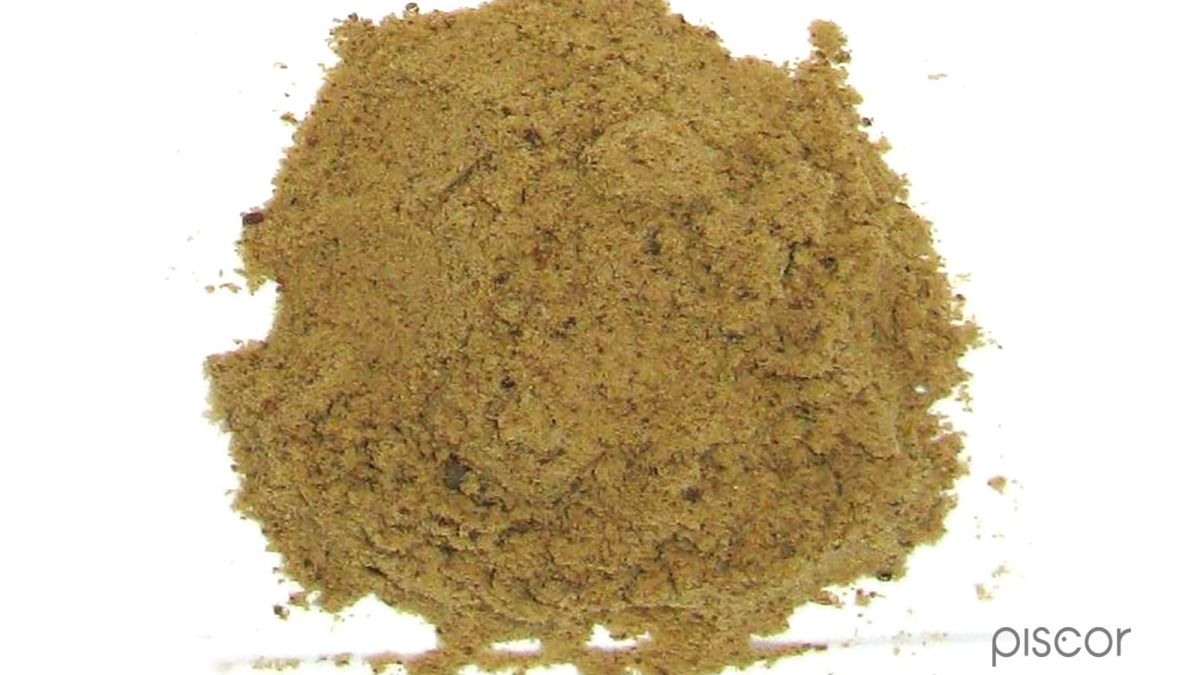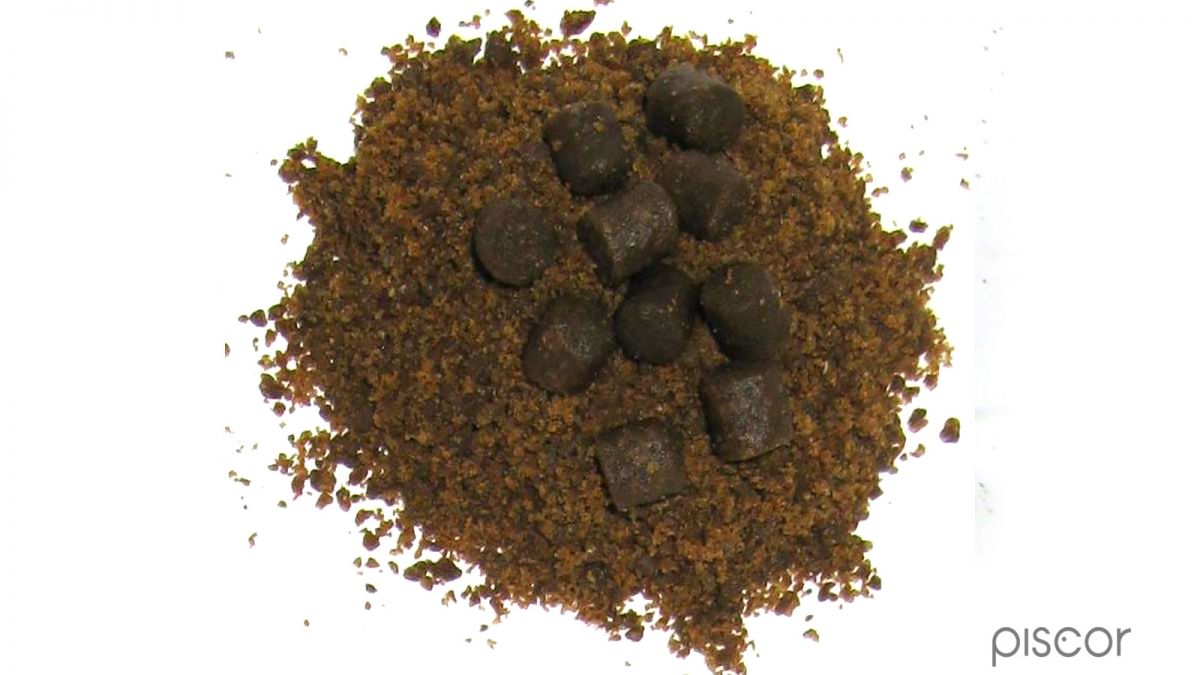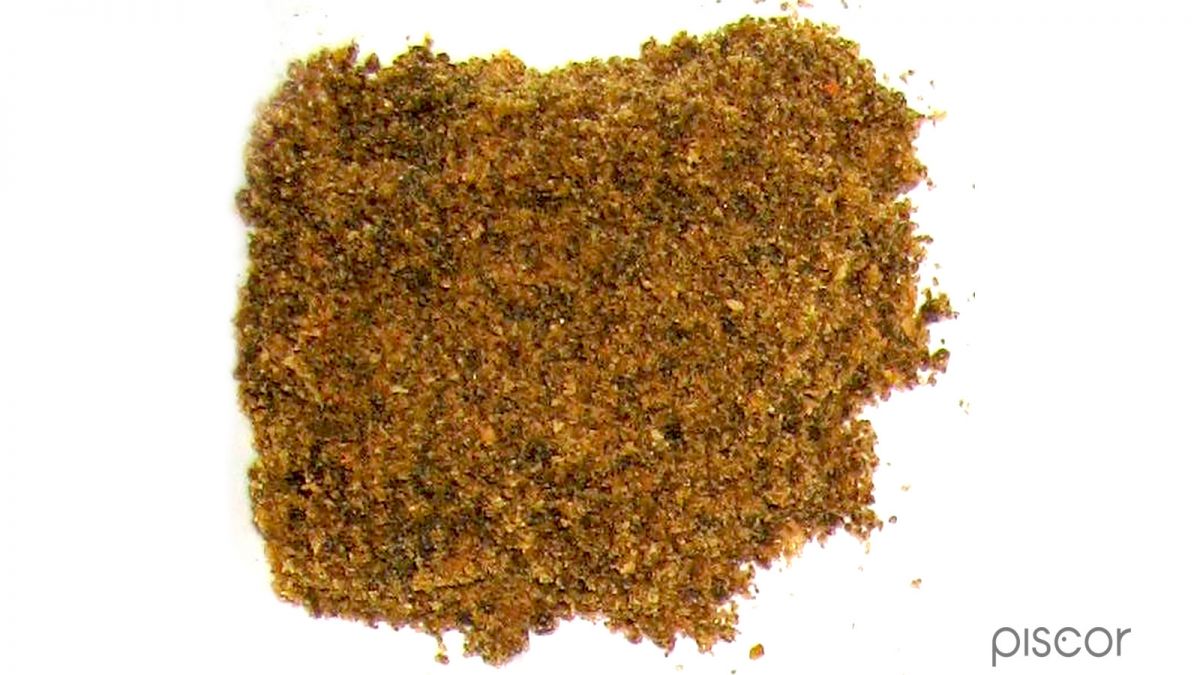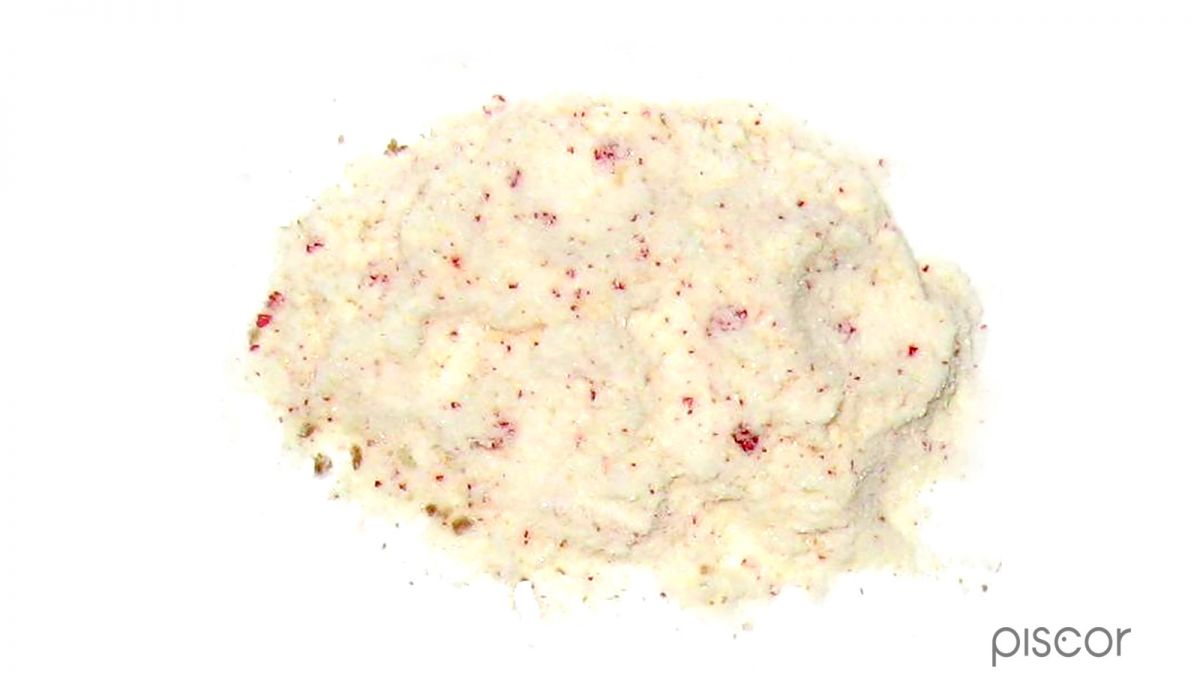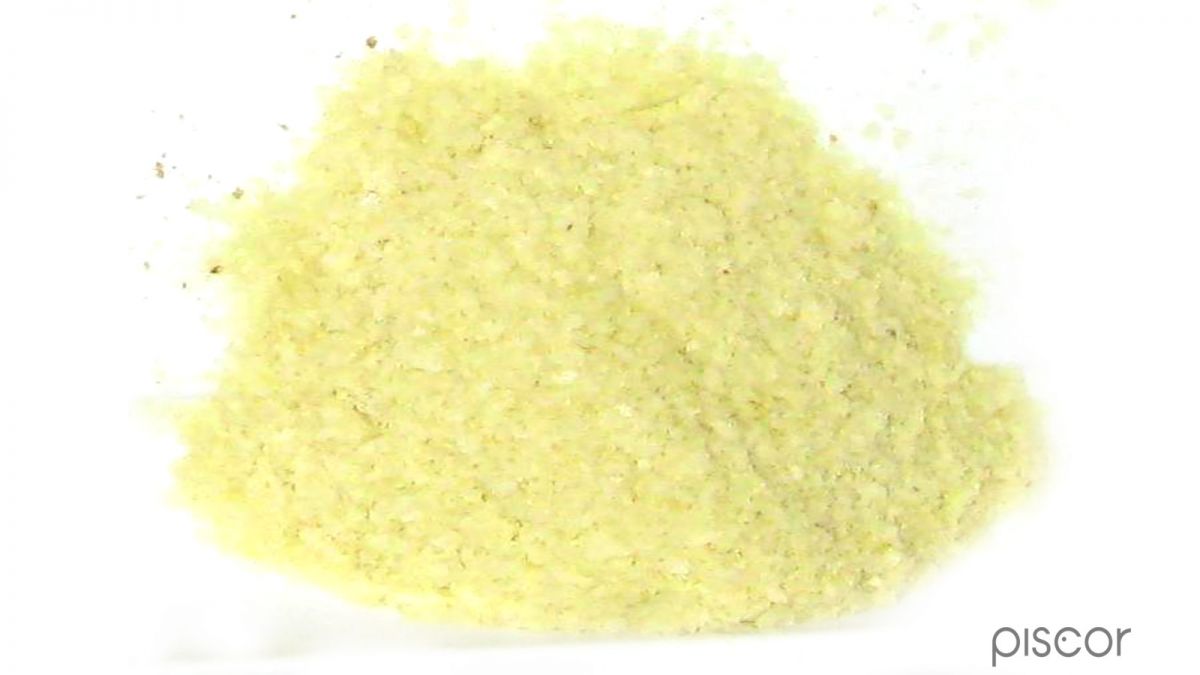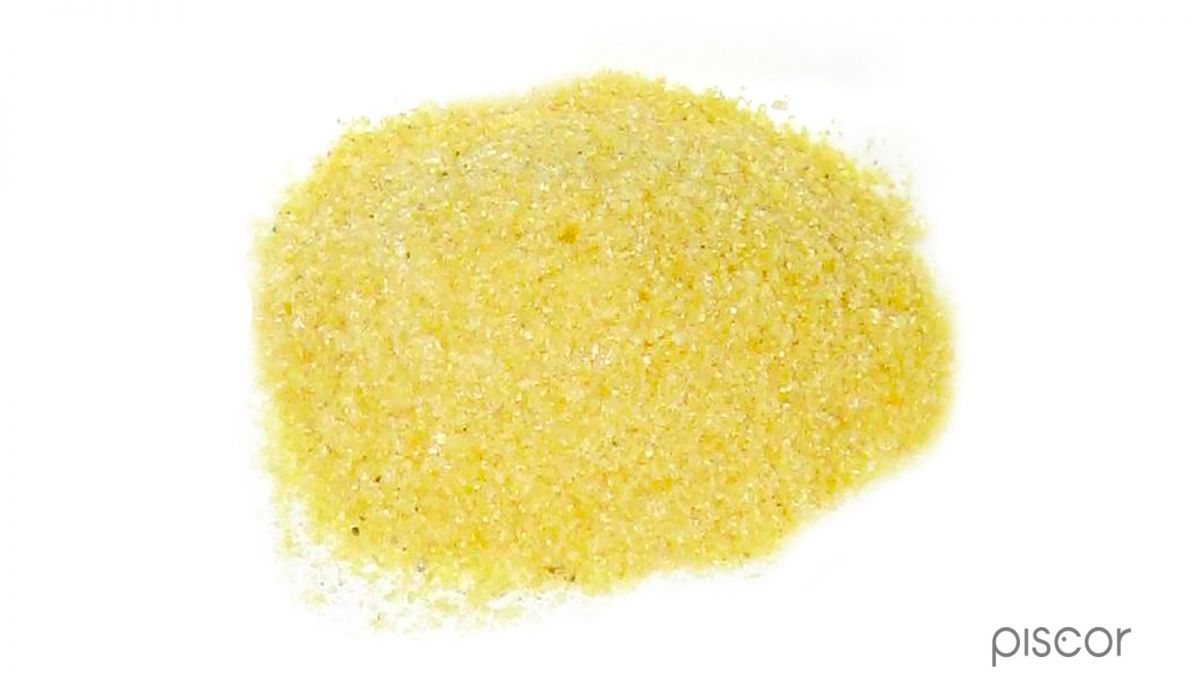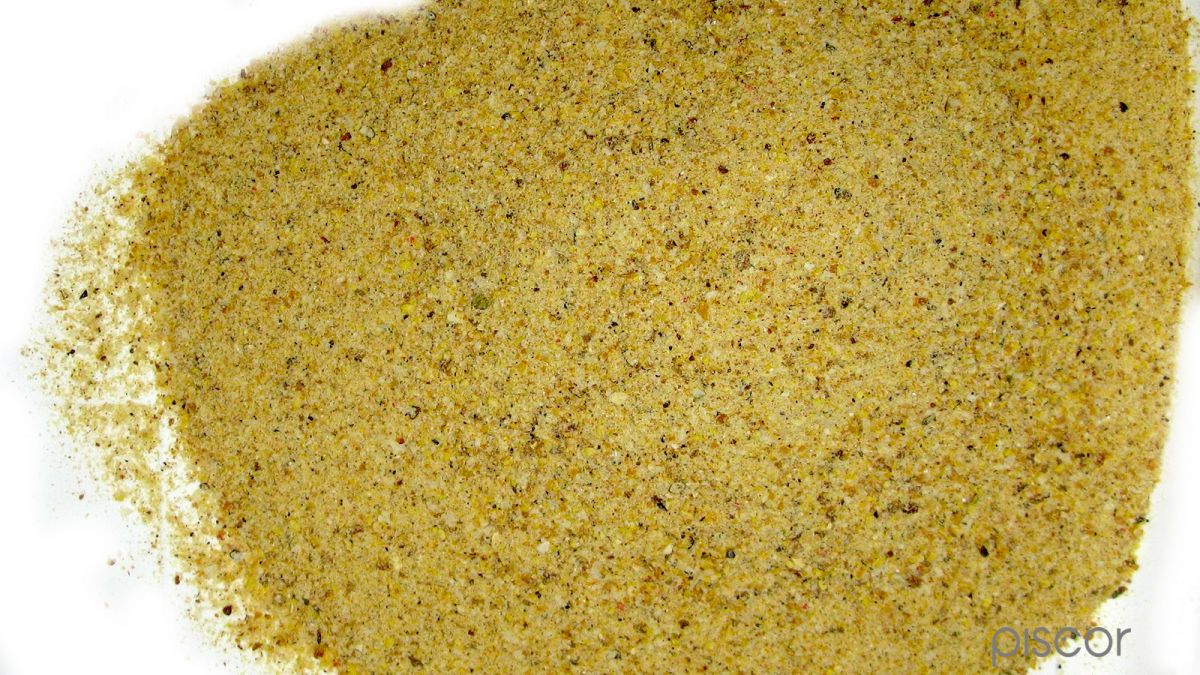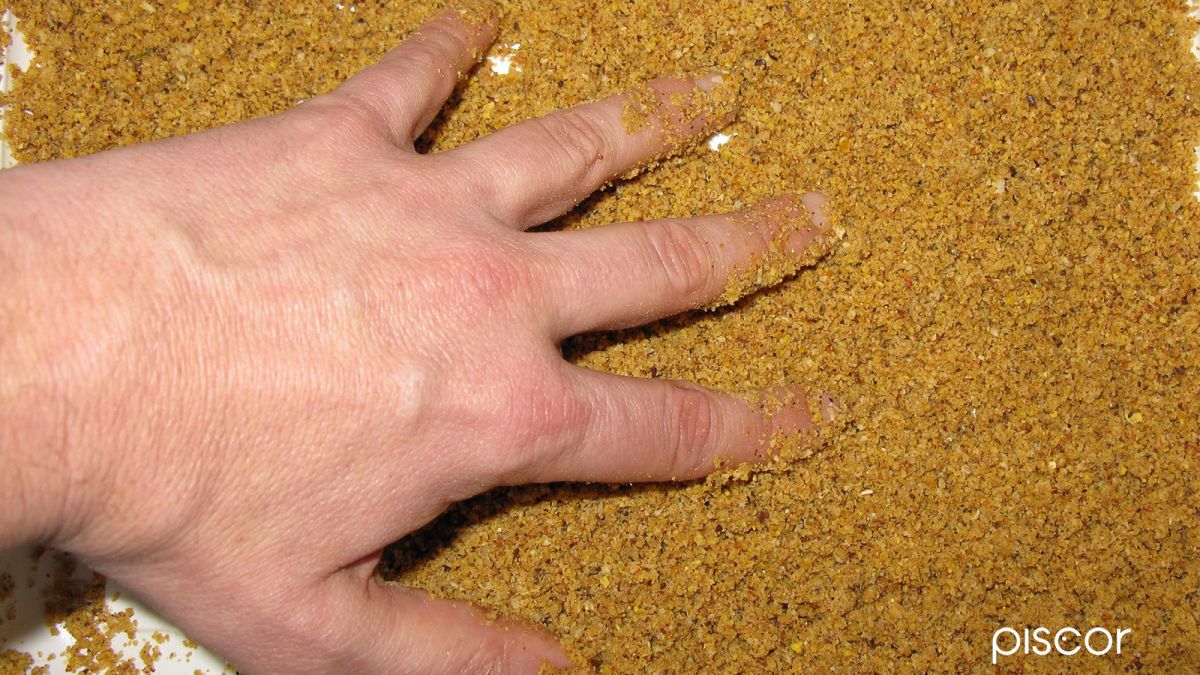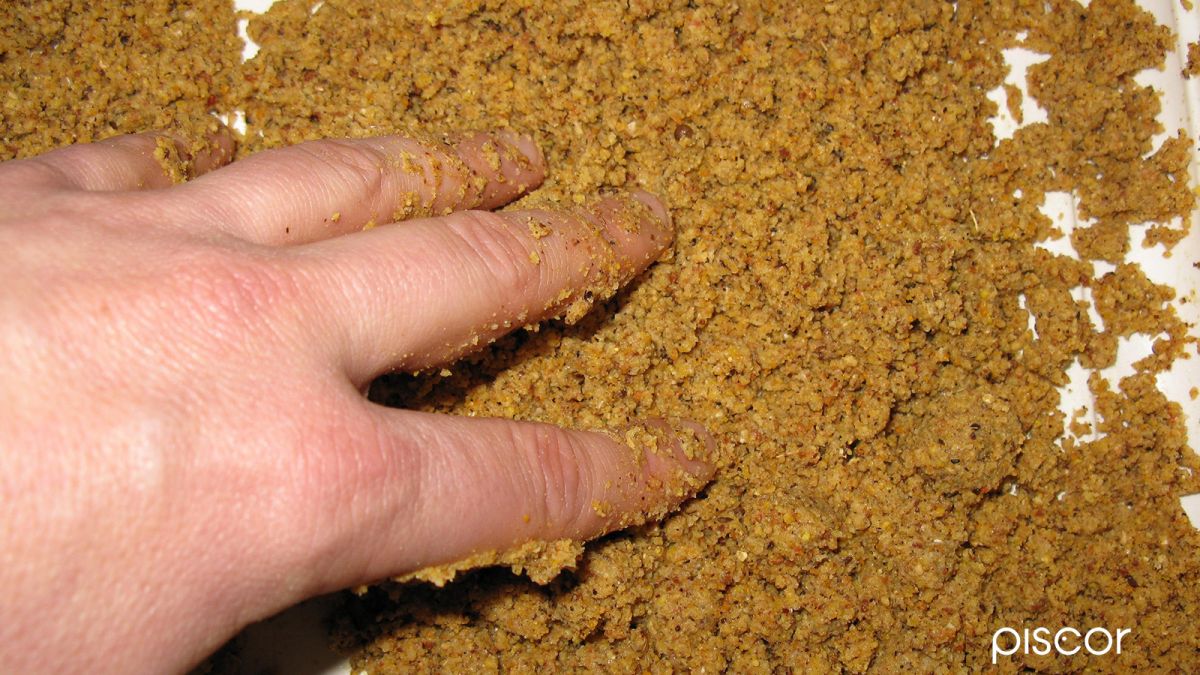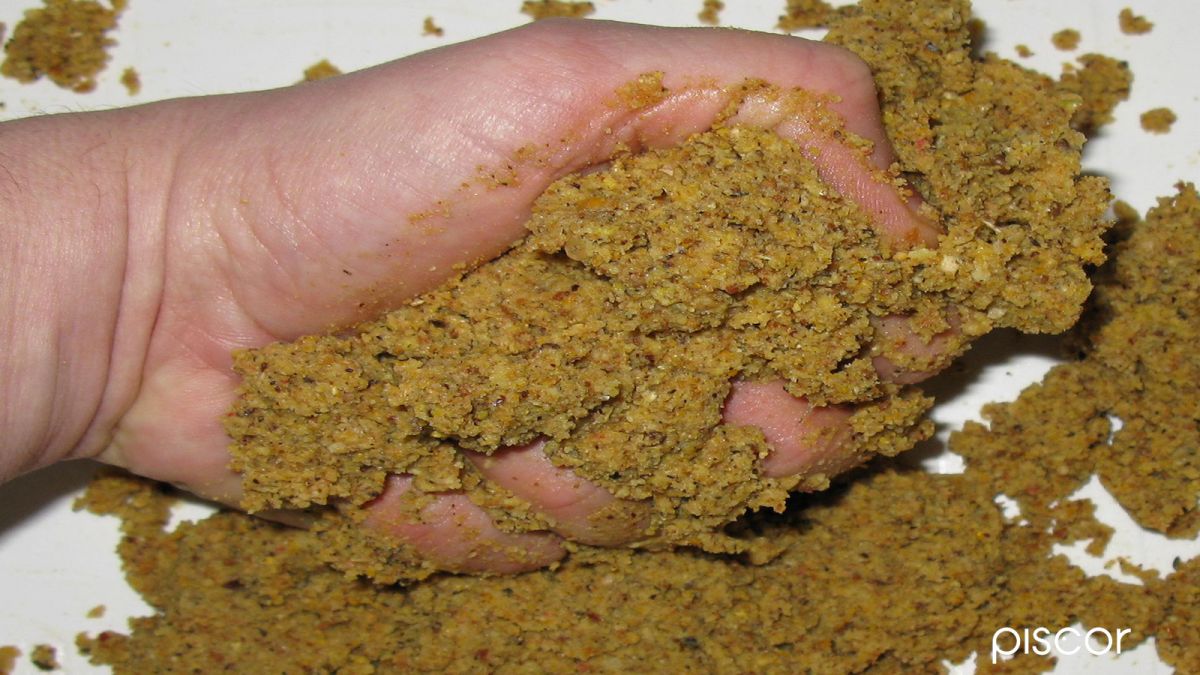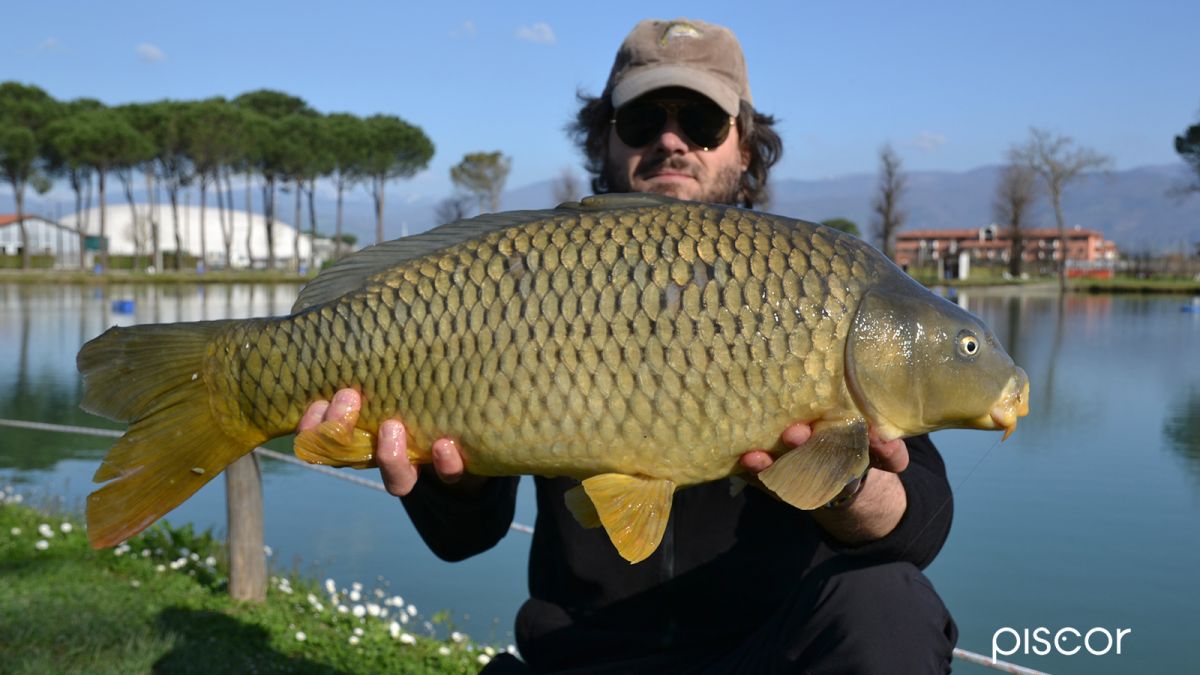Hot season invites many fishermen to try new emotions and try more relaxed fishing techniques especially to spend a few hours in the cool of some beautiful natural basin or lake well populated by fish.
However, that all this must have a goal: catching a beautiful fish. We know perfectly well that hot period is certainly not the most favorable for catching some fish of sustained size, too much disturbing fish around because of the always high temperatures of the water. We must play cunning and find a bait that allows us to fish as long as possible.
Going back in time, polenta was the most used bait for large carp fishing, we propose a reinterpretation with different ingredients and aromas from those of the past because the world of fishing is constantly evolving.
Follow step by step the best ways to make a bait that will also act as a groundbait. Obviously, polenta trigger is also very popular with other fish species.
RECIPE
- 30% fish meal
- 20% Fish or cheese ground pellet
- 10% Rapeseed flour: flour with a marked oily characteristic
- 10% Contrasting seasonings: anise or carpix, fruttix, scopex polenta
- 10% Red or Robin Red pastoncino diluted at least 70% with ground or Belgian bread
- 10% Potato flakes: to make the dough softer
- 10% pre-cooked corn flour (even instant cooking polenta is good)
So let's see how to make the dough to make it even more suitable for fish of large size. All the variations that we will list, have as characteristic to increase the olfactory and nutritional content of our bait.
This will also have the effect of dissuading the interest of small specimens which, as is well known, do not like overpriced preparations.
Keeping as a fixed reference the composition of summarized polenta, we will start with the most homemade and traditional variants, then go on more refined ingredients.
CHEESE
Addition of polenta cheese is undoubtedly one of the oldest tricks to select the fish size and give the bait an even more intense flavor. Any grated parmesan cheese works well, combined with 10-15% of the total dry flours.
The maximum, however, is obtained by dissolving in a warm water a piece of gorgonzola, better if aged, which has its characteristic pungent smell. Crust is fine too for gorgonzola.
We will then use the water where the cheese has been diluted for the polenta wetting.
AROMAS
Their use has become practically a constant for those looking for fish of size, just think of the myriad of products created for carp fishing. It is sufficient to dissolve them in the wetting water, in the maximum dose of a teaspoon for 500 g of polenta.
Let’s see a synthetic list of the aromas that have given good results: Cheese, Pepper, Shrimp, Liver.
For the very large lakes, which have a low concentration of specimens, you can also try an essence with a very strong fragrance like smoked salmon. Finally, a great classic that although it may not seem, has an excellent yield added to polenta salt. Taste: Strawberry.
ROBIN RED
The inclusion of this ingredient is already suggested as a high quality alternative to red pastoncino. To undermine large fish, its use becomes a constant. Specifically, it can also increase its concentration until it is diluted with a minimum of 30-40% of ground or Belgian bread.
AMINOACIDS
For all the ingredients, high quality is important and in particular it is decisive for these products. In fact there are several shapes and packages, but the advice is to choose them individually and in solid form (small granules).
Amino acids with this physical state very much fear humidity, but in the liquid form they can be dissolved in substances that mitigate their effectiveness. The envelopes bearing the generic "amino acid" writing must also be avoided.
Above all, Betaine and Proline have been proven to be the best. It is sufficient to dilute them in the polenta water and if their quality is excellent, it is not necessary to exceed 2% of the total of our mix.
Excluding the Robin Red, the variants listed above are to be considered individually. It can become unproductive to add more solutions.
POLENTA CONSISTENCY
Given the composition of the bait and prey that we will try to capture, polenta must be well tied and not as soft as possible, as recommended to undermine small to medium-sized fish.
A spoonful of cornstarch, for example, added to our mix, proves to be a good extra binder. We have in fact the need that our dough can resist for a long time on the hook, both to await the arrival of a large fish, and because the bait is not damaged by the small tastes of the intriguing small fry.
Furthermore, our trigger must be able to come out unscathed from the light foreplay that an old carp can do, in an attempt to induce us to "smooth", or an empty catches. In practice it will be necessary that the characteristics of consistency of our polenta are oriented towards those of the baits for the carp fishing.
Clearly to arrive at the hardness of a boilie would be impossible and moreover counterproductive, not so much in the face of large carp, but against the sturgeons that, accustomed to feeding on the bottom, are always enticed by triggers with a minimum of softness. At this juncture, however, we will not have to worry too much about the lack of palatability of polenta due to its compactness.
For a certain size fish it will not be a problem to take a bite even of a ball of massive dough and of good size.
A LOOK AT EQUIPMENT AND TECHNIQUE
First of all let us forget the great precision that is used when fishing with very tender polenta. It is necessary to "anesthetize" the sensitivity of the float, reducing direct contact with the bait. Without however, never even placing the leads, it will be good to stretch from 10 to 50 cm of rig at the bottom. This is to avoid all the disturbing actions that, as mentioned, the big and small fish can be transmitted to our signal.
As far as the float is concerned, the type with internal wire and long drift is fine. The advice is not to rise with its capacity over 3 g.
If you want more stability you can opt for the 4.5 mm plastic dipstick instead of the 3 mm dipstick. It is logical that the equipment must also be adapted to the strength of our prey. Given the not too fast catching speed required, as an alternative to the always excellent 5 m Bolognese we may prefer a 4 m or 4.5 m of proven strength, which has to be clear, a casting power of at least 30 g.
A good compromise also from an economic point of view, we can identify it in a telescopic English rod. These handyman tools are very resistant because of the short size and have a parabolic or semi-parabolic action that is the best to help us manage the mighty leaks of a large fish.
The type of very tight polenta will also ensure the tightness of the trigger during the casting action and will prevent the use of the spring on the hook. Hook that will have to be commensurate with the forces in play, to choose between those with medium-big wire, round curve and falling tip, like Gamakatsu 12209 or similar, in the measure not less than 4 and always tied directly to the main line, which it must not have a diameter of less than 0.22.
Little to say finally on the reel, which as for any other technique, it will benefit us if equipped with excellent friction and equally valid arrangement of the monofilament spire inside the spool.

